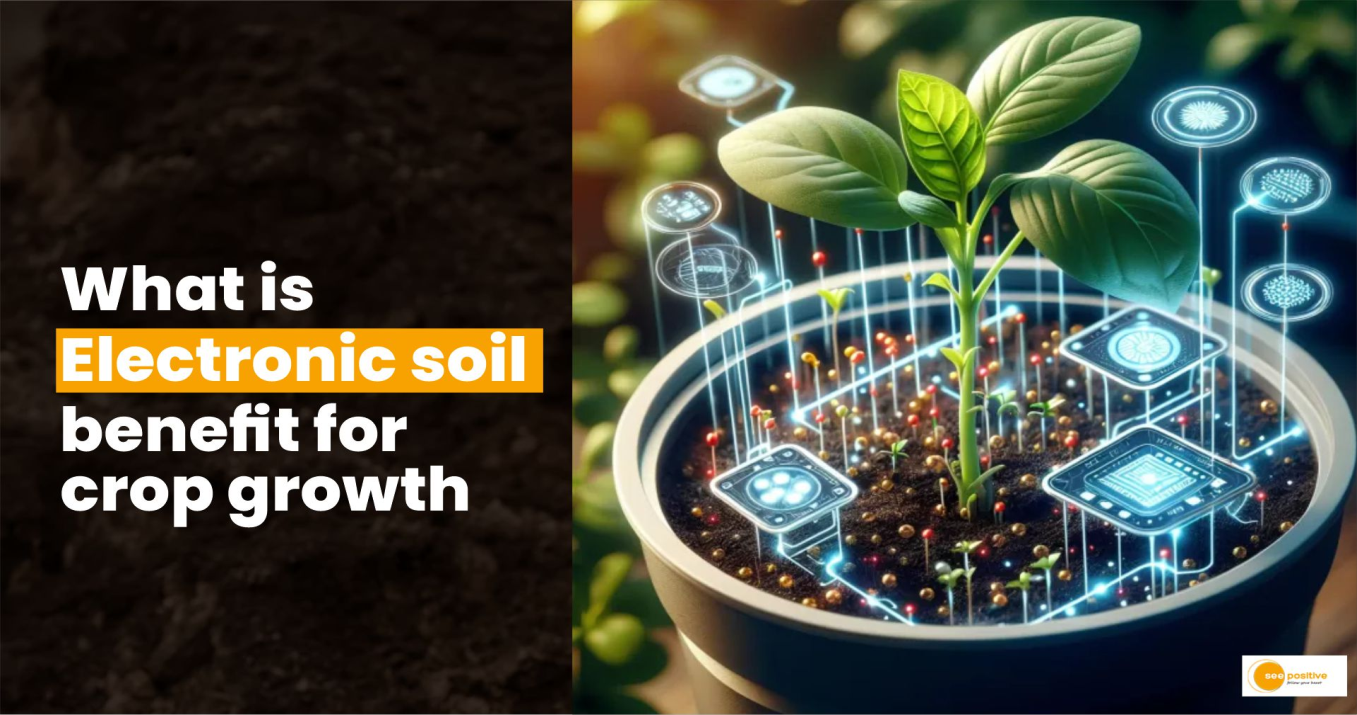Free Courses Sale ends Soon, Get It Now


Free Courses Sale ends Soon, Get It Now



Copyright infringement not intended
Picture Courtesy: seepositive.in
Context: The development of an "electronic soil" (eSoil) by researchers has demonstrated significant potential in enhancing crop growth, particularly in the context of hydroponic cultivation methods.
Key points from the research
Enhanced Growth with eSoi
Nature of eSoil
Impact on Growth
Potential Benefits
What is electronic soil?
Features of electronic soil
Significance of electronic soil
eSoil has many potential benefits for the world, especially in the face of growing challenges such as population growth, climate change, food insecurity, and environmental degradation. Some of them are:
Conclusion
|
PRACTICE QUESTION Q. What are the key advancements and applications of electronic soil monitoring technologies, and how do they contribute to sustainable agriculture and environmental management? |
© 2024 iasgyan. All right reserved